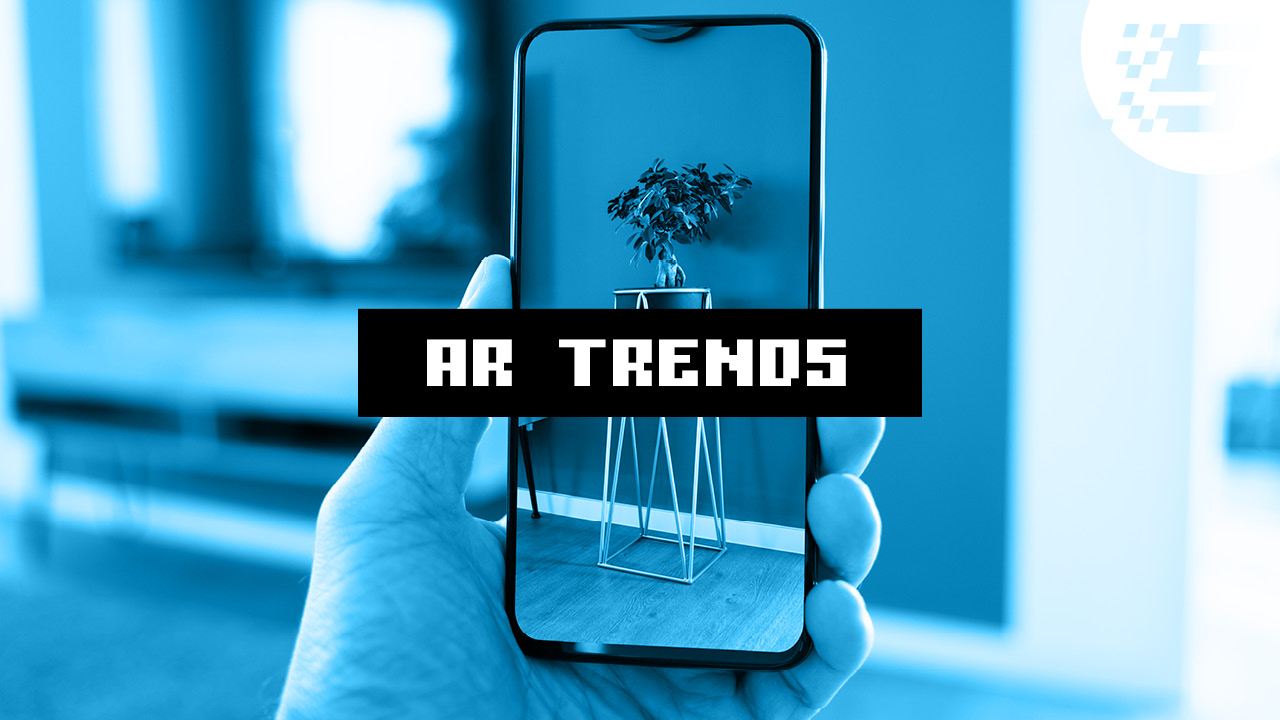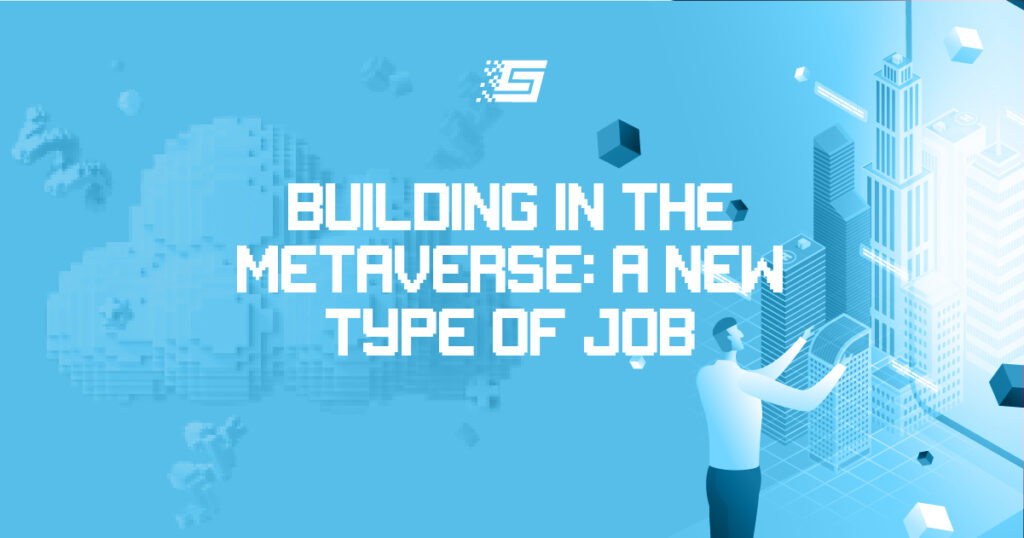
The Latest Augmented Reality Trends
Innovative technologies are transforming science fiction into reality and augmented reality is undoubtedly one of the most prominent of these technologies. It is more than just entertainment. Today, AR can be used as an effective business tool.
Across a number of different industries like gaming, retail, business, healthcare, and even the military, AR is being used for solving various business challenges. It is important to keep a close eye on these technologies to know where the industry is heading.
Leap Into The Metaverse
It is no surprise that augmented reality is being used alongside other metaverse technologies. The metaverse has barraged news media since Facebook’s ‘Meta’ rebranding in 2021. However, it is not just marketing hogwash. One of the main goals of metaverse technologies is striking down the barrier between the digital and physical worlds. Since AR can display virtual objects that are embedded in our real world, various opportunities have emerged for businesses and consumers alike.
Avatars
If we are going to bring digital experiences into the real world, augmented reality is a great start. By using body and face tracking, as well as advanced scene depth sensing, companies are already working on camera filters that can accomplish this. Geenee AR and Ready Player Me have partnered up to make this experience a reality. By inserting an avatar into Geenee’s WebAR Builder software, you can effectively ‘wear’ the avatar on camera. This software also takes into account cosmetic items worn on your Ready Player Me character, including accessories in the form of non-fungible tokens (NFTs).
This technology isn’t new. It has been used with apps like Snapchat and Instagram for a long time now. The innovative element is how the app enables users to drop the avatars they use on other platforms into the app for use in AR. This tech could be used to better hybridize virtual meetings. If a person on your team is using a VR headset to attend a meeting and you are attending without a VR headset, an AR avatar of the person could represent them.
Spatial Audio
Although it might not seem like it’s part of augmented reality on the surface, spatial audio is extremely important for enhancing the immersion of AR experiences. Metaverse technologists have been obsessed with including all five of our senses in the process, and hearing is no exception. To make VR and AR experiences fully immersive, 3D audio is needed. Users need to be able to tell where a sound is coming from in a 3D space based on their own position.
Meta recently included an advanced engine to its AR Spark Studio for creating sound effects by mixing multiple sounds. This allows creators to add multi-sensory effects that will allow people to use both sight and sound to feel more immersed in their augmented reality experiences.
Augmented Reality Meets Artificial Intelligence
There are two ways in which artificial intelligence goes together nicely with augmented reality:
- Artificial intelligence powers the facial and spatial recognition software needed for AR to function properly
- Augmented reality and AI solutions can work together to provide innovative solutions
These roles are not necessarily exclusive. They actually blend together quite a bit. Complicated algorithms are used to make sense of sensor data of the environment. Artificial intelligence can simplify that process and make it more accurate than a model made by humans. An example of this is the app ClipDrop. It allows users to quickly digitize items in the real world into 3D objects for use in programs like Photoshop, PowerPoint, Google Docs, and more.
With 3D scanning, users can import real-world objects into metaverse environments as well. This could be a great way for businesses to speed up the pipeline of offering items with virtual trial experiences as well.
Another use case with the combination of AR and AI is automatic design. The app SketchAR is an example of this technology in action. Users are able to draw freely in AR using this app. They can also use AI to draw for them which can create structures quickly.
AR Glasses
It seems that with every year that passes, comfortable, consumer-friendly AR glasses are only just around the corner. Among the latest devices up in the air is Meta’s mixed reality headset Cambria. This is a new product line that is separate from their successful Meta Quest 2.
The Cambria headset seems to be geared toward wealthier audiences looking to get an early experience with the future of AR. Therefore, it seems that Cambria is not the magic bullet everyone was hoping for, although it might be a step in the right direction.
In June 2022, California-based Mojo Vision Labs hosted the first demonstration of augmented reality smart contact lenses. Relying on things like eye tracking, communications, and software, the AR lenses integrate with user interface to enable an AR experience. Mojo Lens also has a custom-tuned accelerometer, gyroscope, and magnetometer that will continuously track eye movements to ensure that the AR images remain still as the eyes move.
Augmented Reality In The Automotive Industry
AR has a number of different applications that are useful for the automotive industry. One of the more futuristic and interesting is AR highlighting on-road objects through the use of a heads-up display (HUD) to make drivers aware of hazards and GPS directions without requiring them to take their eyes off the road. AR is also being used for entertainment and information like 3D car manuals and other applications.
MobiDev Wakeup App: Driver Awareness Assistance
The WakeUp app developed by MobiDev is a great example of using augmented reality in the automotive industry. The main objective of WakeUp is to help keep drivers awake using ARKit facial recognition technology that can detect when a driver’s eyes are closed, or if their head is tilted. If the driver’s eyes remain closed or their head is tilted for too long, the device will play an alarm to wake the driver up.
There is plenty of room for this technology to grow. TrueDepth camera, with its infrared sensors, can help to perform head and eye tracking in total darkness. AI could detect behaviors from a driver that would indicate they might become drowsy and alert the driver before it’s too late.


